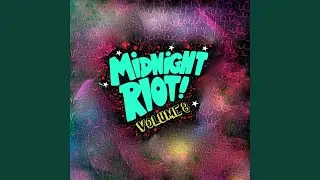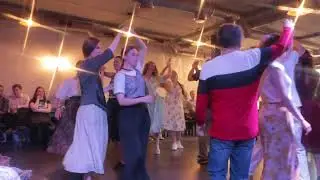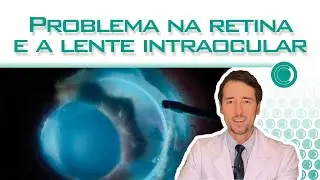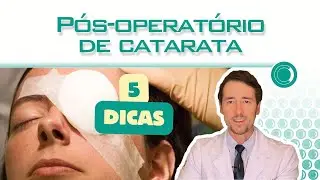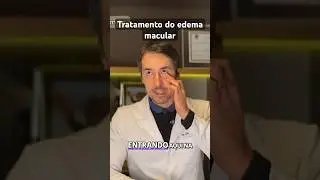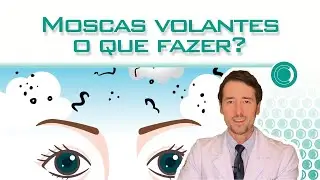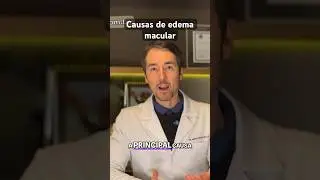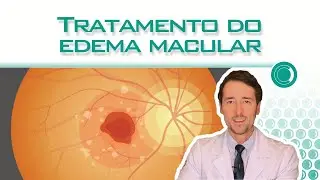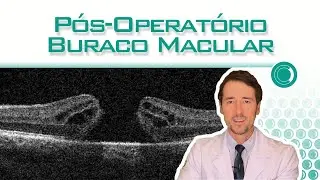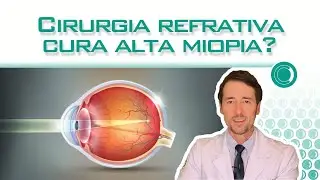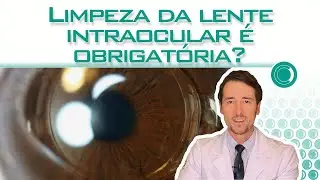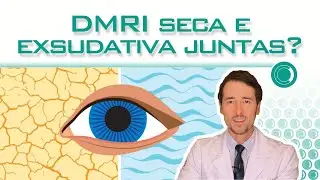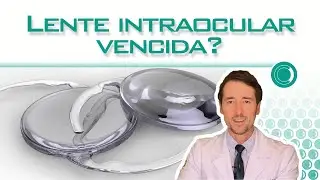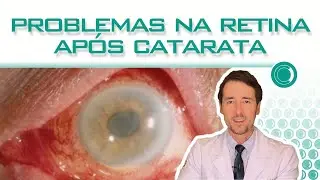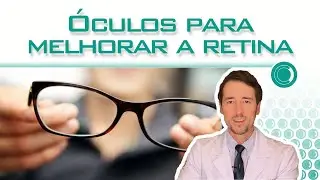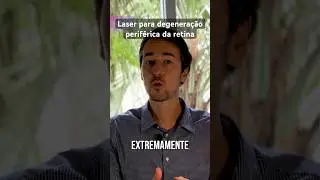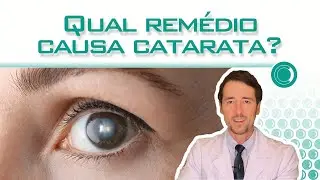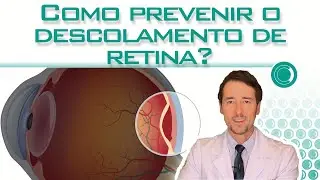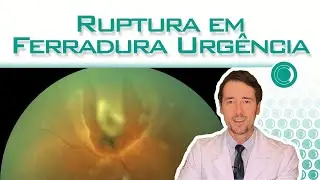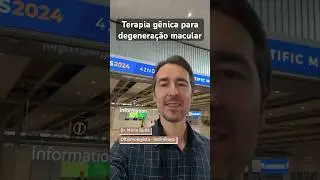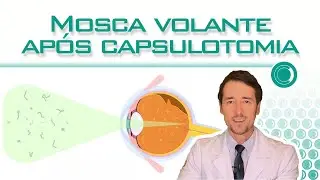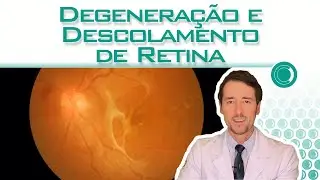Horseshoe Tear: The Most Serious Type of Retinal Tear
Hello, everyone! This is Mário Bulla, and welcome to the Retina e Vítreo channel, your most complete source of information about the retina on YouTube. Leave your likes and comments with questions about the retina. Today, we're going to discuss the horseshoe retinal tear, one of the most serious injuries that can occur in this part of the eye.
What is a Horseshoe Rupture?
A horseshoe tear is a specific type of tear in the retina that forms when the vitreous, a gelatinous substance inside the eye, detaches from the retina. This type of rupture is characterized by a shape that resembles a horseshoe, hence its name. This process can be compared to an adhesive tape being pulled from a sheet of paper, where part of the paper tears along with the tape.
Causes of Horseshoe Rupture
The main cause of horseshoe cracking is vitreous detachment. This phenomenon occurs naturally with ageing or can be triggered by eye trauma. When the vitreous detaches, it can pull on the retina, leading to tearing. This type of rupture is particularly dangerous because it can progress to a retinal detachment, a condition that can lead to significant loss of vision.
Horseshoe Rupture Symptoms
One of the most common signs of vitreous detachment, which can precede a horseshoe rupture, is the presence of "floaters" in the field of vision. These dark dots or spots appear to float in front of your eyes. If you start to notice a sudden increase in floaters, flashes of light or a shadow in the field of vision, it is crucial to see an ophthalmologist immediately.
Diagnosis and Treatment
The diagnosis of a horseshoe rupture is made through a detailed eye examination, including dilation of the pupils and visualization of the retina with specialized equipment. If a rupture is detected, rapid intervention is essential to prevent retinal detachment.
The most effective treatment for a horseshoe break is laser photocoagulation. This procedure creates small burns around the break, which helps to "weld" the retina to the underlying tissue, preventing the tear from expanding and avoiding retinal detachment in up to 90% of cases.
Importance of Early Treatment
A horseshoe tear, if left untreated, can develop into a retinal detachment, a condition where the retina separates from the underlying support layer. This can cause permanent loss of vision if not corrected quickly. So when you notice any suspicious symptoms, such as floaters or flashes of light, see an ophthalmologist without delay. Early detection and immediate treatment are key to preserving vision.
Conclusion
Horseshoe rupture is a serious condition, but with proper and timely treatment, it is possible to prevent major complications such as retinal detachment. If you experience symptoms such as floaters or flashes of light, don't hesitate to make an appointment with your ophthalmologist. Your eye health can't wait.
Don't forget to leave a like, subscribe to our channel and keep following our videos here on Retina e Vítreo. See you in the next video!
This video and its comments are not a substitute for a doctor's consultation and are for educational purposes only. They should not be used to make decisions, for which a face-to-face consultation with a specialist doctor is necessary.
Author:
Dr. Mário César Bulla
Cremers 28120
Ophthalmologist - Retinologist
www.clinicabulla.com.br
www.especialistaemretina.com.br
Instagram: @retina.bulla
Video URL: • Ruptura da retina em ferradura = URGÊ...
@Retina e Vítreo
#retina
#ophthalmology
0:00 Horseshoe rupture: the most serious type of retinal tear.
0:55 What is vitreous detachment?
1:30 Vitreous detachment and retinal detachment.
2:12 How does a horseshoe tear occur?
3:10 The importance of laser photocoagulation of the retina.






